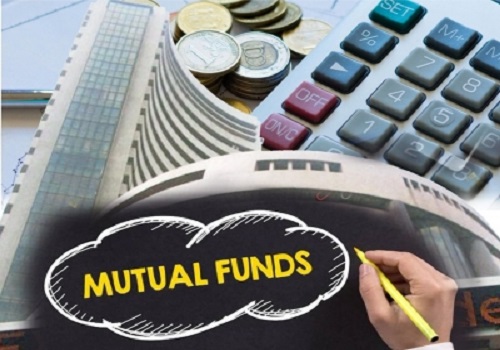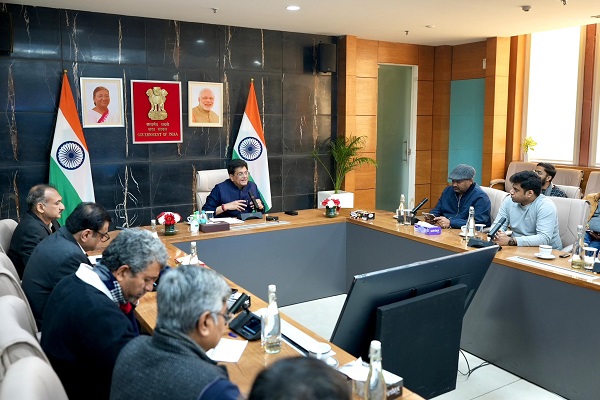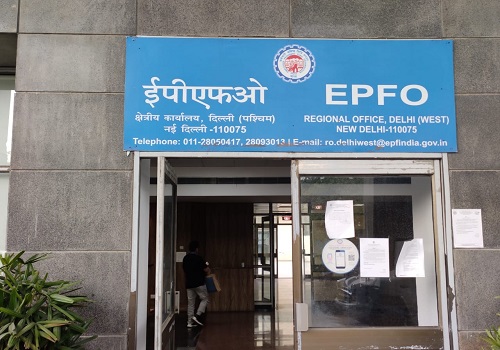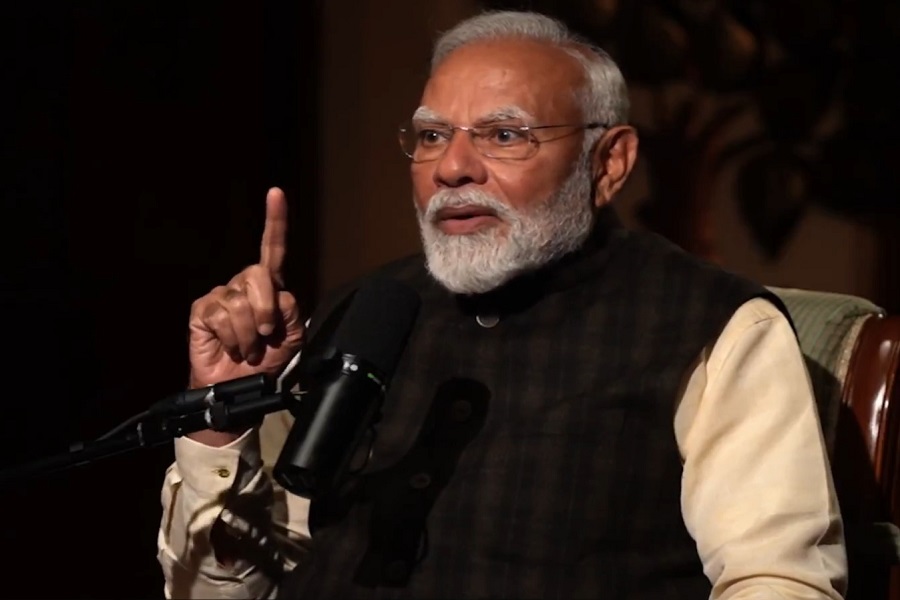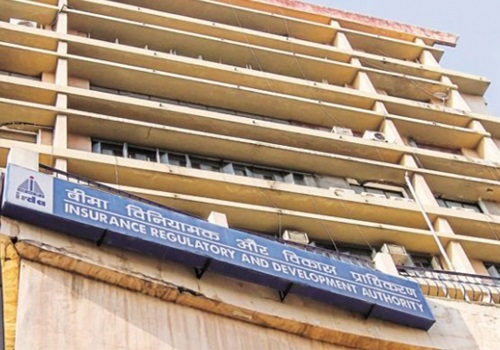India needs to manage expenditure growth at lower level in H2 FY26

India may need to slow down its spending growth in the second half of FY26 to stay on track with its fiscal deficit target, a new report said on Tuesday.
The data compiled by Morgan Stanley highlighted that while the government’s capital expenditure has been strong, revenue collections have been weaker than expected due to slow nominal GDP growth.
Morgan Stanley noted that in the first half of FY26, tax revenue growth was significantly below budget expectations.
Revenue collections grew just 4.5 per cent year-on-year (YoY), compared to the government’s full-year target of 12.6 per cent.
The slowdown is linked to low GDP deflator values and higher tax refunds. Direct tax collections grew only 3.1 per cent, while indirect taxes increased by 2.5 per cent, both far below their respective growth targets.
On the other hand, government spending increased, driven mainly by capital expenditure.
Total spending rose 9.1 per cent in the first half of the fiscal year, compared to a decline of 0.4 per cent in the same period last year.
Capital expenditure grew nearly 40 per cent year-on-year, while revenue expenditure remained almost flat at just 1.5 per cent growth.
The fiscal deficit has already risen by around 21 per cent in the first half of FY26. To meet the full-year deficit target of 4.4 per cent of GDP, Morgan Stanley estimates that tax revenue growth will need to increase sharply to about 30 per cent in the second half of the year.
While the firm expects some improvement driven by stronger demand, better compliance and lower refunds, it warned that tax collections could still fall short by 40–50 basis points of GDP.
Non-tax revenues, however, have performed better, supported by a record transfer from the Reserve Bank of India, which has helped offset weak tax receipts.
Divestment proceeds have also reached nearly 50 per cent of the full-year target.
The report suggested that the government may have to tighten expenditure in the remaining months of FY26 to avoid missing its deficit target.
It added that revenue deficit trends show early signs that the government is already moderating spending in line with lower revenue inflows.






